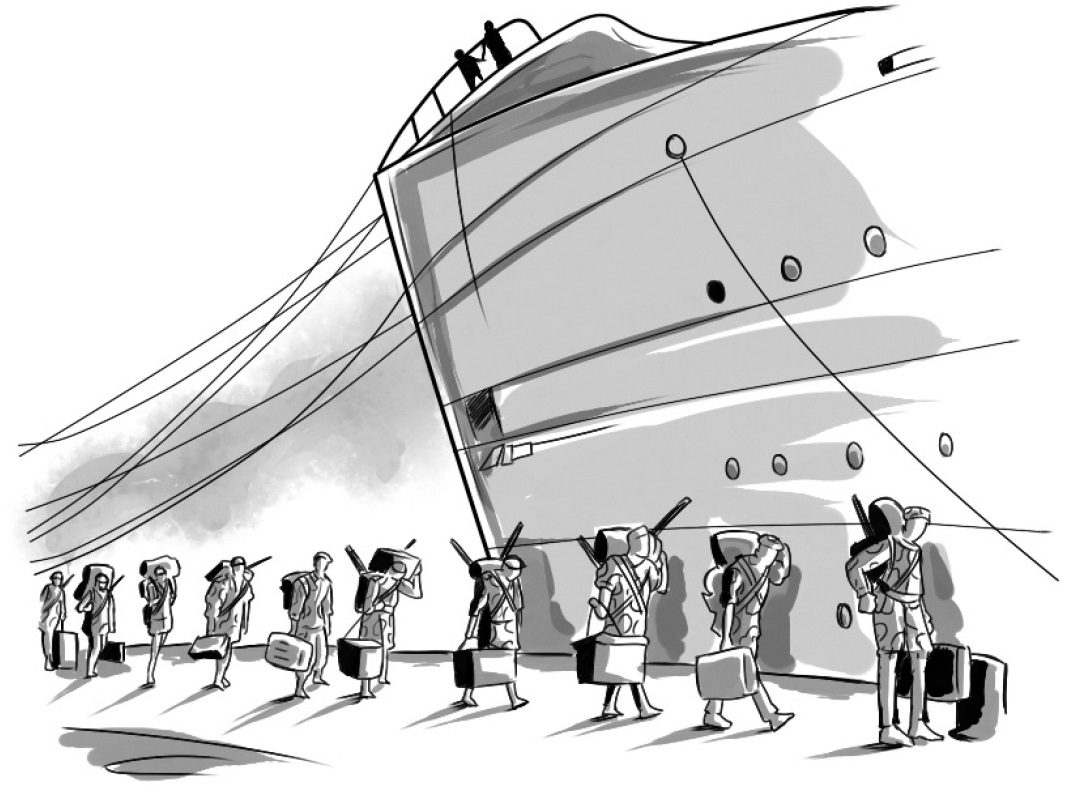
“Thank God for the journey.”
—James Brown
“An artist is an explorer. He has to begin by self-discovery and by observation of his own procedure. After that he must not feel under any constraint.”
—Henri Matisse

I remember the exact moment I fell in love with global marketing, when I felt that spark and became fascinated with the art and science behind building strong brands in international markets. That's when I knew that global brand building could be fun, and that I wanted to get in on it.
It was the fall of 1997, and I was taking a graduate course on international marketing at the University of Southern California. On my first day of class, the professor brought in two cans of Classic Coca-Cola. One was from the United States and the other was from Japan. We were asked to examine each can carefully to compare and contrast their differences and hypothesize why changes were made. The professor told us that large global companies did not make changes to their flagship brands without good reason. So, if there were noticeable differences, it was intentional.
I had heard stories about how Coke was formulated using different kinds of sugar and water depending on its place of origin. Growing up in Southern California, I drank Coke made in Mexico and liked it. My friends and I thought Mexican Coke tasted sweeter, probably because Mexico made their Coke with real cane sugar instead of corn syrup. What I didn't realize growing up in the United States was just how big the visual differences could be depending on where the Coke was made.
The first difference I saw when comparing the two cans was how beautiful the Japanese can was. It was smaller than the American can and the printing quality was stunning. The Japanese can looked like glossy red lacquer, and the bottom of the can looked like it was painted white. Conversely, the American can of Coke was much less sophisticated, with pixelated graphics and color that seemed dull by comparison.
At the time, those differences surprised me, but after working in Asia, and specifically Japan, they make perfect sense. The Japanese are known for their attention to detail, with great packaging being mere “table stakes.” In fact, any brand launching a new product in Japan must use the highest quality packaging materials just to be considered a credible option by Japanese consumers.
A Japanese Coca-Cola can. Photo credit: Amy Hsu
Fast-forward twenty years and I'm living my dream. I have had the pleasure of building successful brands for a wide range of companies all over the world, and the privilege of living and working in exciting locations such as Beijing, Moscow, Manchester, Singapore, and Shanghai. With each new international assignment, I have expanded my global brand-building toolkit.
Along the way, I learned that global brand builders need to be scrappy. With limited information and resources available to them in developing markets, global brand builders have to do more with less. They need flexibility, speed, and an ability to inspire diverse groups of stakeholders to imagine what is possible. This modus operandi is what I like to call “acting like a ninja,” and it's how I built a successful career. It's also why I wrote this book. I wanted to give back and inspire others by sharing the successful techniques and lessons I learned along the way.
Lean Brands provides an agile method for building strong brands and helps you make sense of your environment, so you can quickly create a differentiated brand positioning and then bring that strategy to life on the ground where it counts.
My hope is this book becomes your go-to manual on global brand building. You will soon embark on a three-part journey to becoming a lean global brand builder.